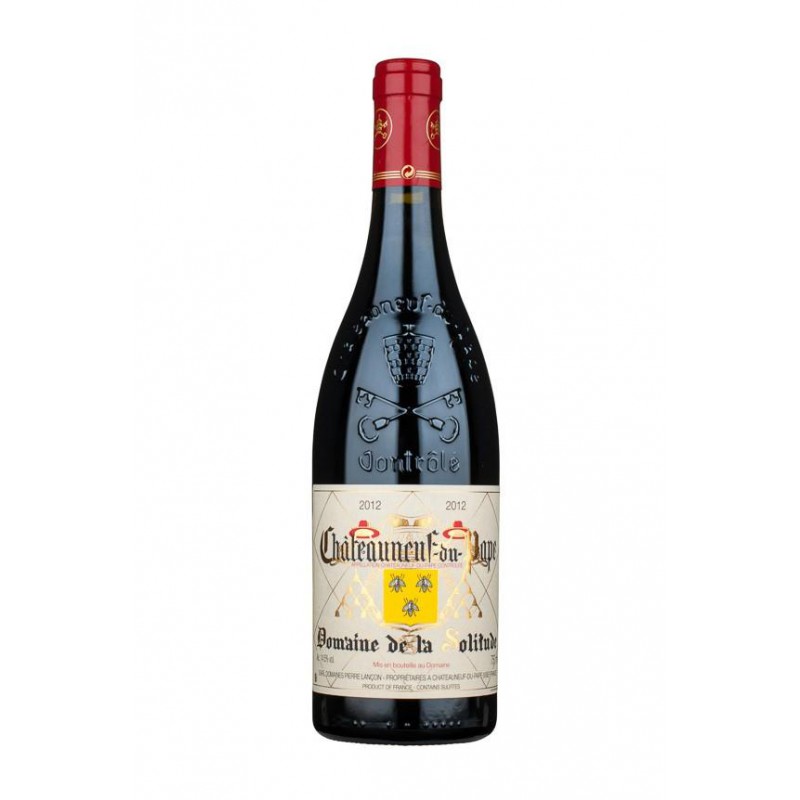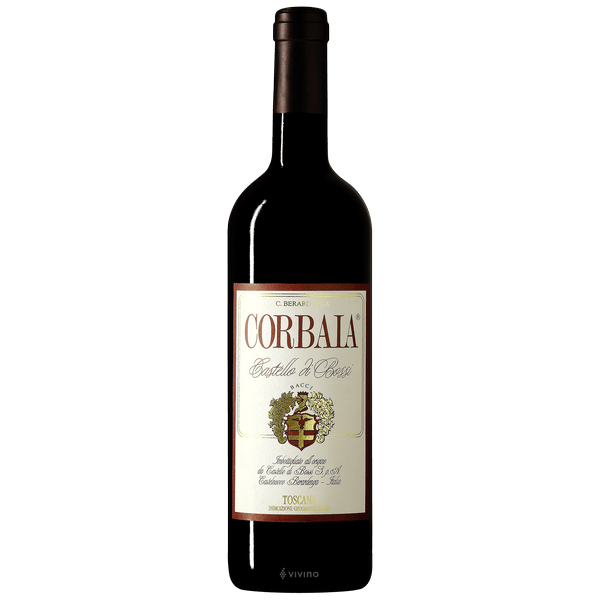2019 Domaine De La Solitude Chateauneuf Du Pape
2019 Domaine De La Solitude Chateauneuf Du Pape In its youth, this vintage is perfect to pair with a shoulder of lamb 12 hour cooking in oven, roast pigeon with fungi porcini and from its fifth year, stew, Daube Provencal, all game and many cheeses. A bouquet nose of garrigue, flowers of cistus, blackcurrant buds. A mouth full of freshness and balance, with aromas of cocoa and Morello cherry, with a long and licorice finish.
Châteauneuf-du-Pape
Famous for its full-bodied, seductive and spicy reds with flavor and aroma characteristics reminiscent of black cherry, baked raspberry, garrigue, olive tapenade, lavender and baking spice, Châteauneuf-du-Pape is the leading sub-appellation of the southern Rhône River Valley. Large pebbles resembling river rocks, called “galets” in French, dominate most of the terrain. The stones hold heat and reflect it back up to the low-lying gobelet-trained vines. Though the galets are typical, they are not prominent in every vineyard. Chateau Rayas is the most obvious deviation with very sandy soil.
According to law, eighteen grape varieties are allowed in Châteauneuf-du-Pape and most wines are blends of some mix of these. For reds, Grenache is the star player with Mourvedre and Syrah coming typically second. Others used include Cinsault, Counoise and occasionally Muscardin, Vaccarèse, Picquepoul Noir and Terret Noir.
Only about 6-7% of wine from Châteauneuf-du-Pape is white wine. Blends and single-varietal bottlings are typically based on the soft and floral Grenache Blanc but Clairette, Bourboulenc and Roussanne are grown with some significance.
The wine of Chateauneuf-du-Pape takes its name from the relocation of the papal court to Avignon. The lore says that after moving in 1309, Pope Clément V (after whom Chateau Pape-Clément in Pessac-Léognan is named) ordered that vines were planted. But it was actually his successor, John XXII, who established the vineyards. The name however, Chateauneuf-du-Pape, translated as “the pope’s new castle,” didn’t really stick until the 19th century.
Related products
Burgundy
2019 Nicolas Rossignol Volnay 2019 Nicolas Rossignol Volnay is medium to full-bodied with aromas of plums, wild berries, warm spices and licorice, fleshy and layered, with fine concentration, lively acids and an ample core of fruit. Concluding with elegantly chalky grip on the finish, this cuvée has always been one of the more charming and immediate [...]
Burgundy
2016 Domaine Armelle et Bernard Rion Nuits-Saint-Georges 1er Cru Marcel Heritage Vieilles Vignes
2016 Domaine Armelle et Bernard Rion Nuits-Saint-Georges 1er Cru Marcel Heritage Vieilles Vignes 2016 Domaine Armelle et Bernard Rion Nuits-Saint-Georges 1er Cru Marcel Heritage Vieilles Vignes is a powerful, rich and complex wine, which is very round in the mouth with a leather finish. This fruity wine in its first years will become hardier and [...]
2020 Jean-Claude Bachelet Chassagne-Montrachet 1er Cru Macherelles 2020 Jean-Claude Bachelet Chassagne-Montrachet 1er Cru Macherelles presents a finely tuned nose of citrus lemon, peach skin and touches of candle wax and crushed stone. The palate is clean and precise on the entry, then very smooth and harmonious, offering seductive peachy, mango notes. Not amazingly complex on the [...]
2021 Jean-Pierre Large Morgon Les Delys 2021 Jean-Pierre Large Morgon Les Delys is aromatic with plenty of fruit and freshness, no excess tannins in this 100% Gamay wine. Enhanced by the age of the vines and the depth of the vineyard soil, Jean-Pierre’s Morgon boasts darker, more robust flavors than your typical Beaujolais Cru, and [...]



